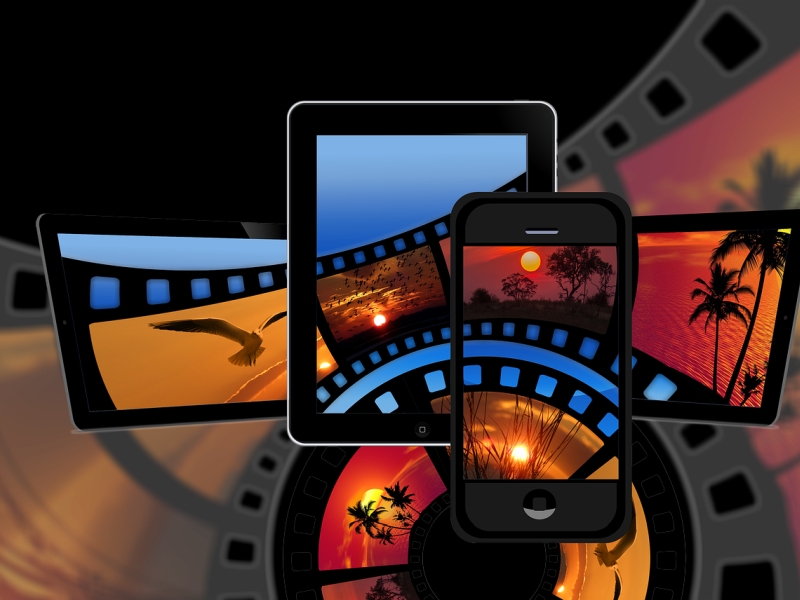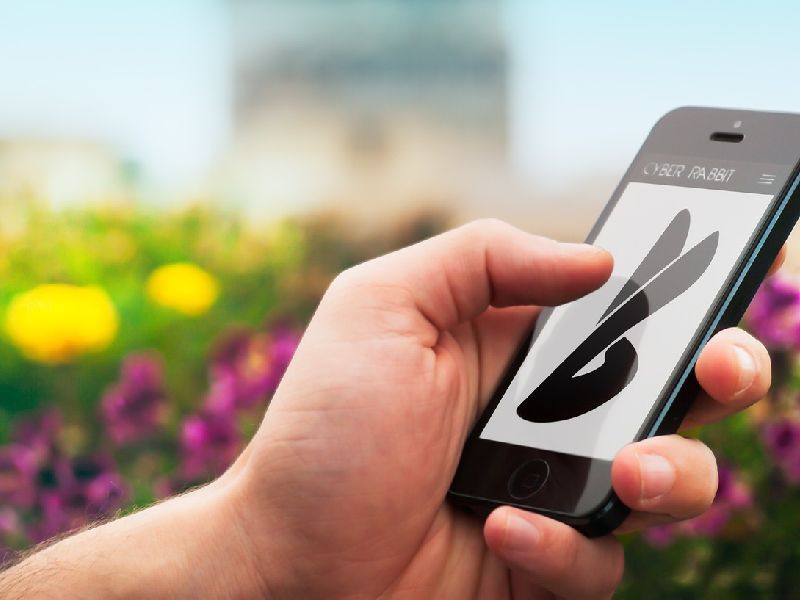Introduction
Once upon a time, nestled amidst the cobblestone streets of Paris, a charming café whispered tales of romance and nostalgia. With its inviting ambiance and rustic décor, it became a haven for dreamers and wanderers seeking refuge from the bustling city streets. Each element – from the soft glow of the lanterns to the comforting aroma of freshly brewed coffee – wove together to create an immersive experience that lingered in the hearts of its patrons long after they departed.
In the digital realm, much like the enchanting café, app UI design serves as a portal to another world, where brands have the opportunity to craft their own narratives and captivate audiences. Through a symphony of colors, typography, and imagery, designers have the power to evoke emotions, spark curiosity, and forge meaningful connections with users.
As a UX/UI design consultant with a passion for storytelling, I’ve witnessed firsthand the transformative power of narrative-driven design. From the subtle nuances of a well-placed button to the sweeping landscapes that unfold with each swipe, every element of app UI design holds the potential to transport users on a journey of discovery and delight.
Join me as we embark on a quest to unravel the art of storytelling through app UI design, exploring the techniques and strategies that enable brands to convey their message, establish emotional connections, and elevate the user experience to new heights. Together, let us unlock the secrets of narrative-driven design and unleash the power of storytelling in the digital age.
Setting the Stage:
Imagine stepping into a digital realm where every tap, swipe, and interaction unfolds like chapters in a captivating story. Much like the enchanting café in Paris, app UI design serves as the canvas upon which brands paint their narratives, inviting users to embark on immersive journeys of exploration and discovery.
In this digital landscape, the stage is set with the splash screen – the opening act that sets the tone for the adventure that awaits. Like the first page of a novel, the splash screen tantalizes users with a glimpse of what lies beyond, sparking curiosity and anticipation. Whether it’s a minimalist logo pulsating with life or a vibrant illustration that transports users to another world, the splash screen serves as the gateway to a universe of possibilities.
As users journey deeper into the app, they encounter a tapestry of visual elements that unfold with each interaction. From the seamless transitions that guide their path to the meticulously crafted animations that breathe life into the experience, every detail is thoughtfully curated to immerse users in the story unfolding before them.
At the heart of this narrative-driven design lies the user interface – a canvas where brands can express their identity, convey their message, and establish emotional connections with their audience. Through the strategic use of colors, typography, and imagery, designers have the power to evoke a wide range of emotions – from excitement and joy to nostalgia and serenity.
But perhaps the true magic of narrative-driven design lies in its ability to engage users on a deeper level – to transcend mere functionality and create experiences that resonate on an emotional and visceral level. Much like the charming café in Paris, where every corner tells a story and every detail invites exploration, app UI design has the power to captivate and inspire, leaving an indelible mark on the hearts and minds of users.
Example:The Journey of Airbnb
In the bustling streets of San Francisco, amidst the vibrant energy of Silicon Valley, three friends embarked on a quest to revolutionize the way people travel. Brian Chesky, Joe Gebbia, and Nathan Blecharczyk shared a vision of creating a platform that would not just provide accommodations but offer unique and immersive experiences that would change the way people see the world.
As they set out on their journey, they encountered challenges that seemed insurmountable. How could they create a platform that would capture the essence of hospitality and community, while also catering to the diverse needs and preferences of travelers worldwide? It was a daunting task, but fueled by passion and determination, they pressed on.
The turning point came when they stumbled upon the idea of turning their own living space into a makeshift bed and breakfast for travelers attending a local design conference. With a few air mattresses and a homemade website, they welcomed their first guests into their home and, in the process, laid the foundation for what would become Airbnb.
As Airbnb’s story unfolded, so too did its approach to app UI design. Drawing inspiration from their own experiences as hosts and travelers, the founders sought to create an experience that was not just functional but deeply personal and immersive. From the iconic heart-shaped logo that symbolized the love and warmth of home to the intuitive search filters that guided users on their journey, every element of the UI was meticulously crafted to convey Airbnb’s message of belonging and exploration.
Through the lens of Airbnb’s journey, we gain insight into the power of UI design to transcend mere functionality and evoke emotions that resonate deeply with users. From the moment users first lay eyes on the app to the unforgettable experiences they encounter along the way, Airbnb’s UI design serves as a gateway to a world of adventure and discovery.
Key Elements of Brand Storytelling:
As we delve deeper into the art of storytelling through app UI design, we uncover a treasure trove of techniques and strategies that brands can employ to captivate and engage their audience. Much like the chapters of a well-crafted novel, these elements work in harmony to weave a narrative that resonates with users on a profound level.
One of the key elements of brand storytelling is the use of immersive visuals. From stunning photography that transports users to exotic locales to whimsical illustrations that ignite the imagination, visuals have the power to evoke emotions and spark curiosity. By carefully selecting imagery that aligns with their brand identity and message, brands can create an immersive experience that draws users into their story and keeps them coming back for more.
Another crucial element is the strategic placement of calls-to-action. Much like plot twists that propel the story forward, calls-to-action guide users on their journey through the app, prompting them to take the next step towards their goal. Whether it’s a button inviting users to book a room or a banner encouraging them to explore a new destination, every call-to-action should be strategically placed to maximize engagement and drive conversions.
Typography also plays a vital role in brand storytelling. From bold headlines that capture attention to elegant fonts that evoke sophistication, typography sets the tone for the narrative and reinforces the brand’s personality. By choosing fonts that are legible and visually appealing, brands can create a cohesive and memorable experience that leaves a lasting impression on users.
Finally, storytelling through app UI design is all about creating a seamless and intuitive user experience. Much like a well-paced plot that keeps readers on the edge of their seats, the user experience should be fluid and engaging, guiding users effortlessly from one interaction to the next. By minimizing friction and optimizing usability, brands can ensure that users remain fully immersed in the story, without any distractions or obstacles along the way.
Conclusion:
As we reach the conclusion of our exploration into the art of storytelling through app UI design, we are reminded of the transformative power of narrative-driven experiences. Much like the pages of a beloved novel, app interfaces have the ability to captivate, inspire, and transport users to new and exciting worlds.
Through the careful selection of immersive visuals, strategic placement of calls-to-action, thoughtful typography, and seamless user experiences, brands can create narratives that resonate deeply with their audience, fostering connections that endure beyond the digital realm.
As UX/UI design expert Deanna Creably, I have witnessed firsthand the impact of storytelling in design. From the bustling streets of Paris to the vibrant energy of Silicon Valley, I have seen how brands can use narrative-driven experiences to create lasting impressions and forge meaningful relationships with their users.
But our journey does not end here. As we look to the future, we are faced with endless possibilities and opportunities for innovation. By embracing the principles of narrative-driven design and continually seeking to refine and evolve our craft, we can create experiences that not only delight and inspire but also enrich the lives of those who interact with them.
So let us continue to push the boundaries of design, to explore new avenues of storytelling, and to unlock the full potential of app UI design as a medium for creative expression and human connection. Together, let us embark on a journey of innovation and discovery, weaving narratives that captivate the hearts and minds of users around the world.











